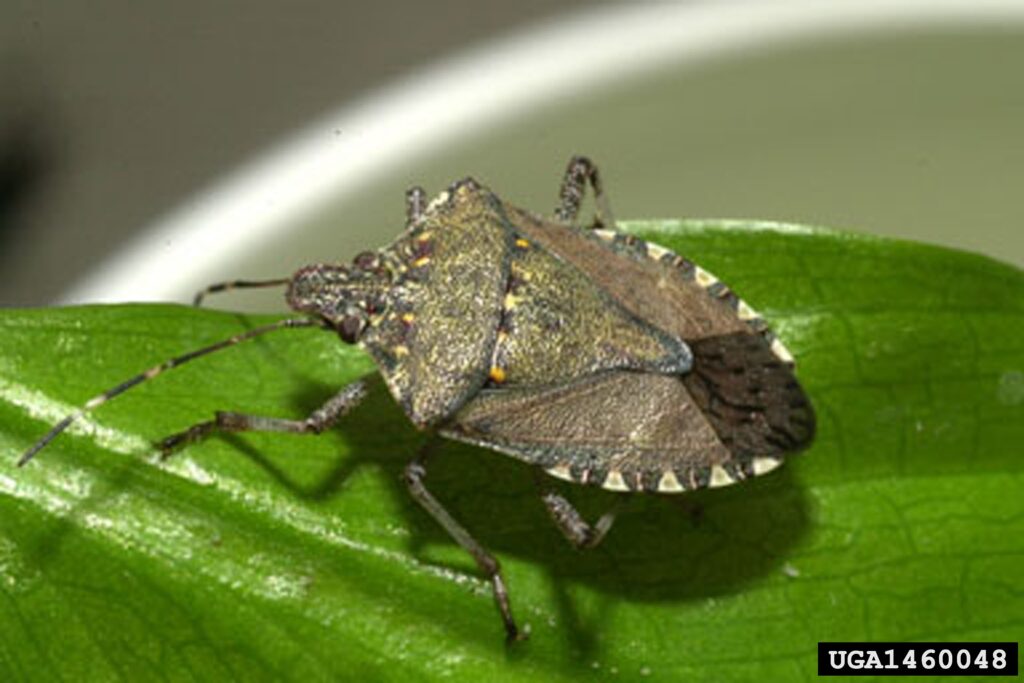America’s agricultural landscape faces an ever-growing threat from invasive insect species that have the potential to devastate crops, disrupt food chains, and cause billions of dollars in economic damage. These uninvited guests arrive through global trade, climate change, and accidental introductions, establishing themselves in ecosystems unprepared for their presence. Without natural predators to keep their populations in check, these insects can rapidly multiply and spread, putting enormous pressure on farmers and threatening food security across the nation. This article explores the most significant invasive insect threats to American agriculture, their impacts, and the efforts underway to combat them.
The Growing Threat of Invasive Agricultural Pests

Invasive insect species pose an escalating challenge to American agriculture, with new threats emerging each decade as global trade and changing climate patterns create pathways for exotic pests. The USDA estimates that invasive species collectively cost the U.S. economy approximately $120 billion annually, with agricultural losses accounting for a significant portion of this amount. Unlike native pests that have co-evolved with local crops and predators, invasive insects often encounter few natural enemies in their new environments, allowing their populations to explode unchecked. The rate of new invasive insect introductions has nearly doubled since the 1980s, creating an urgent need for improved detection and management strategies to protect America’s food production systems.
Spotted Lanternfly: The Colorful Destroyer

First detected in Pennsylvania in 2014, the spotted lanternfly (Lycorma delicatula) has emerged as one of the most alarming invasive threats to American agriculture in recent years. Native to Asia, this strikingly patterned planthopper feeds on more than 70 plant species, with a particular preference for economically important crops including grapes, hops, hardwood trees, and fruit orchards. The lanternfly damages plants by feeding on sap and excreting honeydew, which promotes the growth of sooty mold that can block photosynthesis and ultimately kill the host plant. Economic analyses suggest this pest could cause $324 million in annual damages to Pennsylvania’s economy alone if left uncontrolled, with additional billions at risk as it spreads to other agricultural states. Despite aggressive quarantine and eradication efforts, the lanternfly has continued to expand its range throughout the northeastern United States.
Brown Marmorated Stink Bug: The Orchard Invader
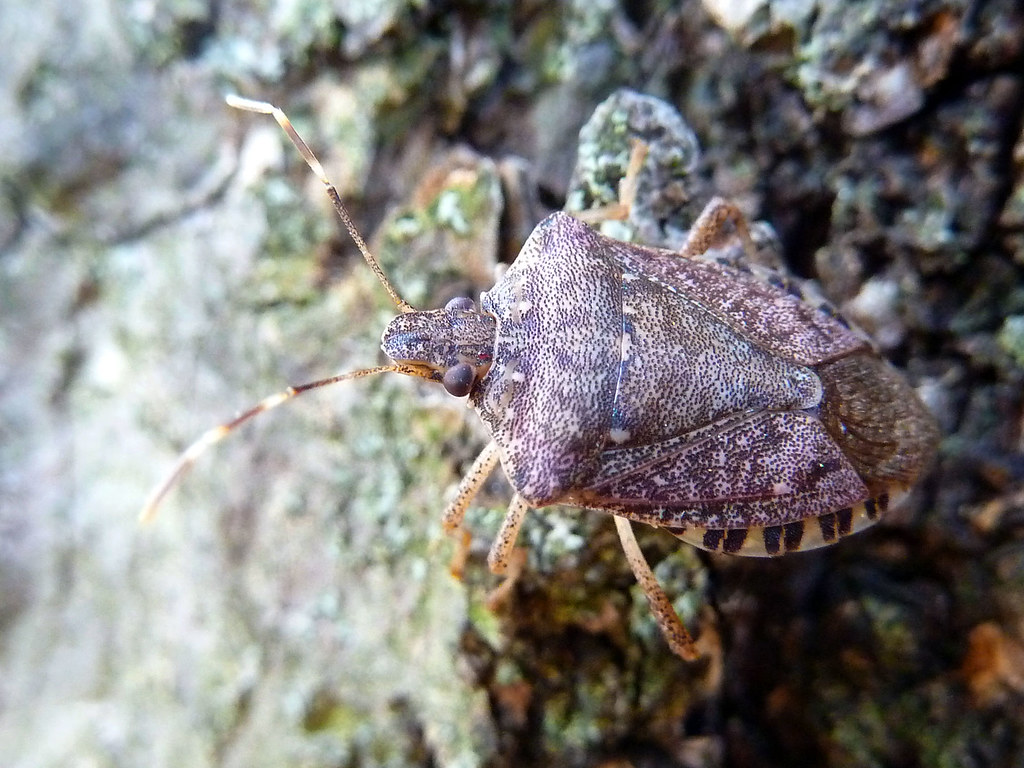
The brown marmorated stink bug (Halyomorpha halys) has become a nightmare for fruit and vegetable growers since its discovery in Pennsylvania in the late 1990s. This shield-shaped pest from Asia feeds on over 100 different plant species, including apples, peaches, corn, and soybeans, causing distinctive dimpling and discoloration that renders produce unmarketable. In 2010, Mid-Atlantic apple growers lost an estimated $37 million to stink bug damage, highlighting the economic threat posed by this adaptable invader. Beyond crop damage, these insects have become a nuisance in residential areas, as they seek shelter in homes during winter months and release their characteristic unpleasant odor when disturbed. Their ability to hitchhike on vehicles and shipped goods has facilitated their rapid spread to more than 46 states, making them one of America’s most widespread agricultural invaders.
Asian Citrus Psyllid and Citrus Greening Disease
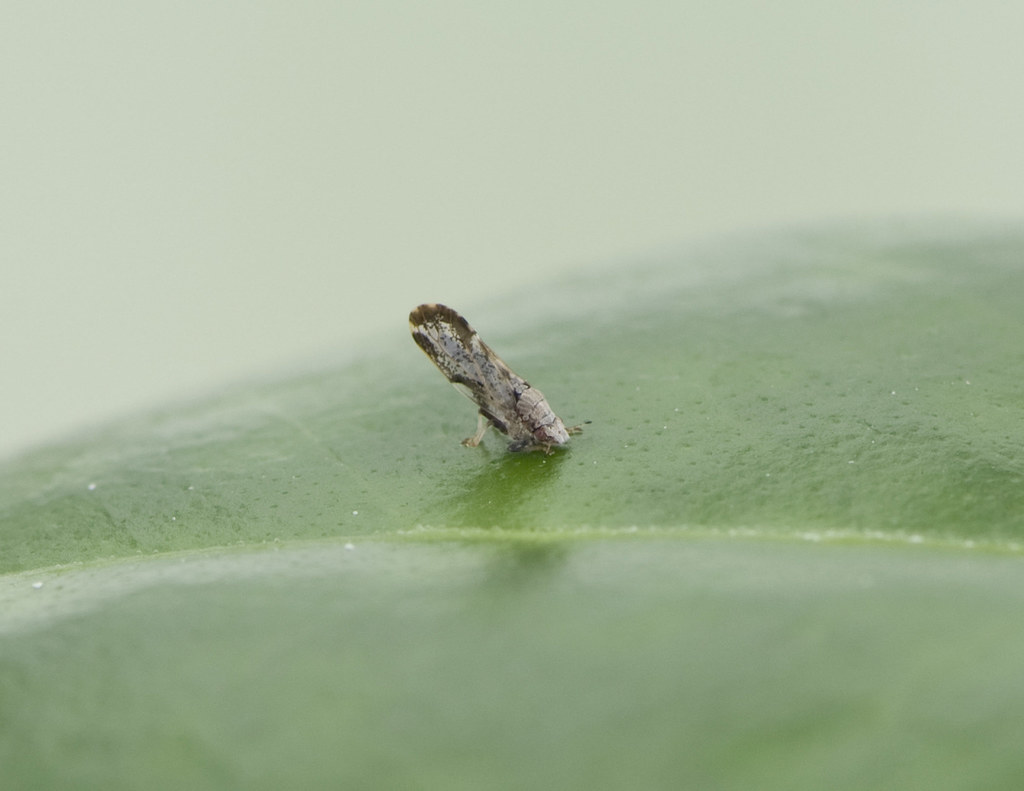
The tiny Asian citrus psyllid (Diaphorina citri) represents a catastrophic threat to America’s $3.35 billion citrus industry, not primarily through direct feeding damage but as the vector for citrus greening disease (Huanglongbing). This bacterial disease, for which there is currently no cure, causes trees to produce bitter, misshapen fruit before ultimately killing the tree within 3-5 years of infection. Since its discovery in Florida in 2005, citrus greening has reduced the state’s orange production by more than 70% and increased production costs by 40%, devastating what was once a thriving industry. The psyllid has now spread to all major citrus-producing states including California and Texas, threatening the entire U.S. citrus sector. Researchers are racing to develop resistant citrus varieties and effective biological controls before this insect-disease complex eliminates commercial citrus production in America.
Emerald Ash Borer: The Forest Destroyer
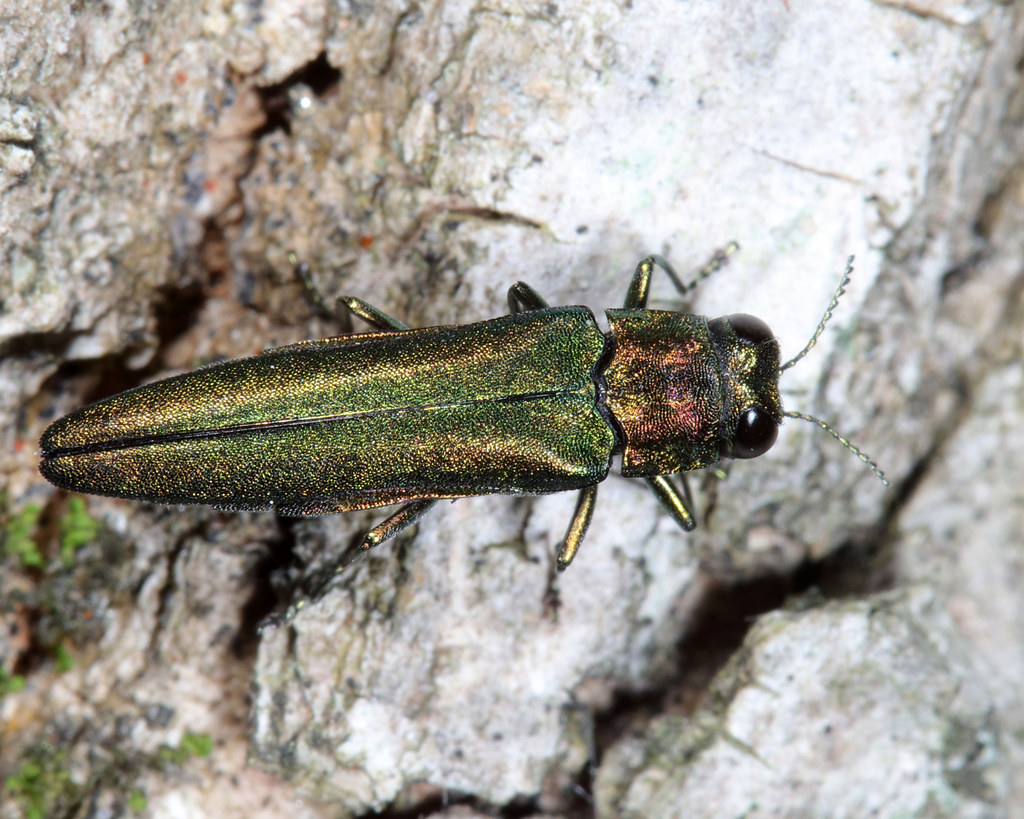
The emerald ash borer (Agrilus planipennis) represents one of America’s most destructive forest pests since its accidental introduction from Asia in the 1990s. This metallic green beetle targets all 16 species of North American ash trees, with its larvae tunneling under the bark and disrupting the tree’s ability to transport water and nutrients, killing even healthy trees within 2-4 years of infestation. Beyond their ecological importance, ash trees contribute significantly to American agriculture as windbreaks, shade trees, and components of agroforestry systems. Since its discovery in Michigan in 2002, the emerald ash borer has killed hundreds of millions of ash trees across 35 states, causing economic damages estimated at over $10 billion in urban areas alone. The loss of ash trees has cascading effects on forest ecosystems, reducing biodiversity and creating gaps that can be filled by invasive plants.
Japanese Beetle: A Century of Destruction

The Japanese beetle (Popillia japonica) stands as a testament to the long-term agricultural impacts invasive insects can have after becoming established in North America. First discovered in New Jersey in 1916, this iridescent copper and green beetle has spread to most states east of the Mississippi River, feeding on over 300 plant species including corn, soybeans, fruits, vegetables, and ornamental plants. Unlike in its native Japan where natural predators keep its population in check, the beetle thrives in American environments, with both adults and larvae causing significant damage. Adult beetles skeletonize leaves and feed on fruits, while the grubs consume grass roots, damaging lawns, pastures, and golf courses. Despite being present for over a century, Japanese beetles still cause approximately $450 million in damage and control costs annually, demonstrating how invasive insects can become permanent fixtures in agricultural systems.
Mediterranean Fruit Fly: The Global Hitchhiker
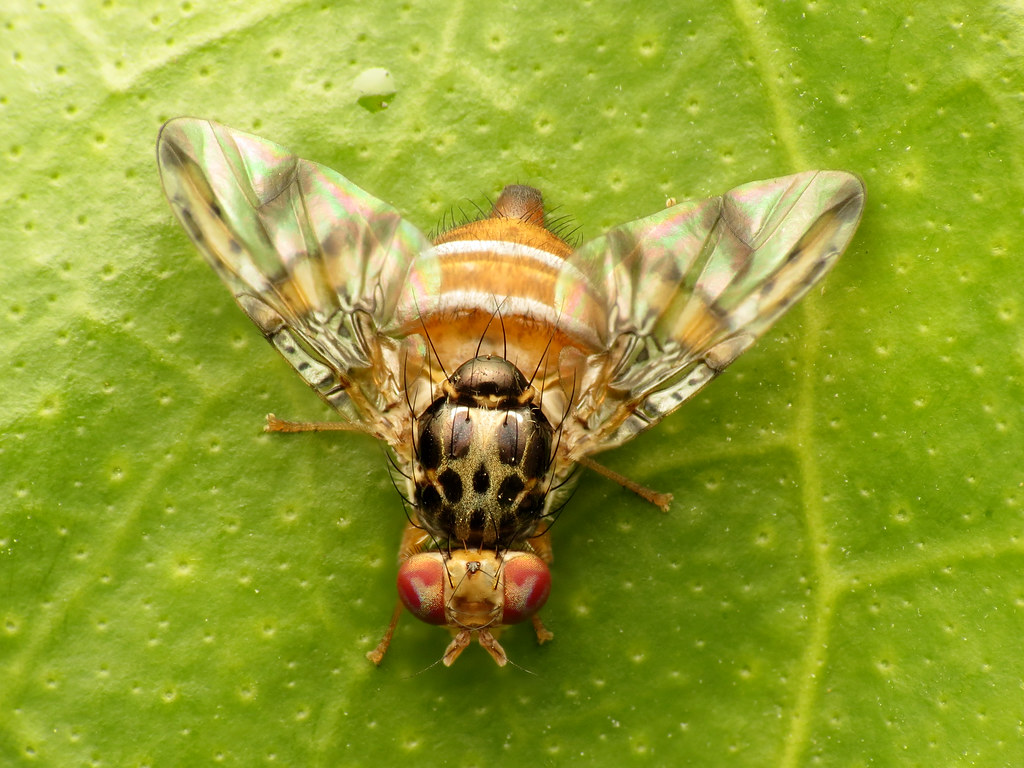
The Mediterranean fruit fly (Ceratitis capitata), commonly known as the Medfly, represents one of the most feared invasive threats to American fruit production. Capable of infesting more than 250 types of fruits and vegetables, this highly adaptable pest lays eggs beneath the skin of ripening fruit, where hatching maggots feed and cause rapid spoilage. Although not currently established in the continental United States, California has battled multiple Medfly incursions since the 1980s, spending hundreds of millions of dollars on eradication programs to prevent permanent establishment. A single established Medfly population could potentially cause direct crop losses exceeding $1.5 billion annually in California alone, not including lost export markets as trading partners implement quarantines. The USDA maintains constant vigilance against this pest through trap monitoring and strict import regulations on fruits from infested regions.
Asian Giant Hornet: Threat to Pollinators
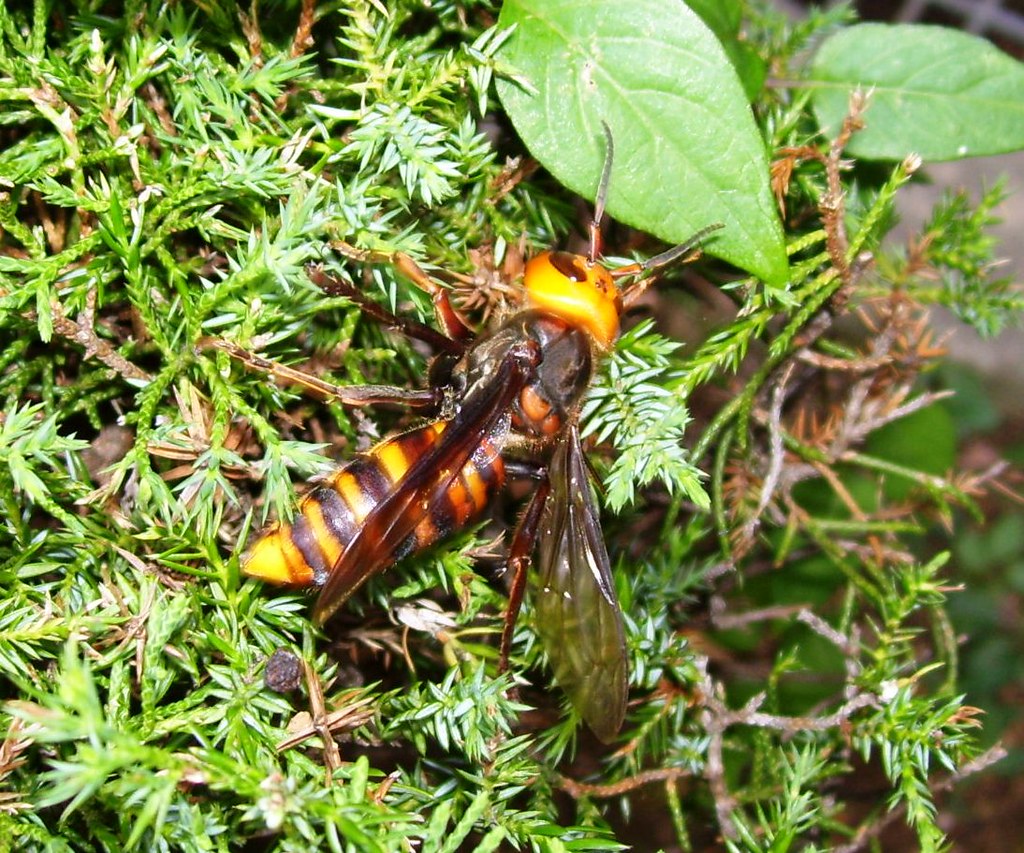
The Asian giant hornet (Vespa mandarinia), sensationally dubbed the “murder hornet” in media reports, represents an indirect but significant threat to American agriculture through its potential impact on honey bee populations. First detected in Washington state in 2019, this large predatory wasp can devastate honey bee colonies by entering a “slaughter phase” where a small group of hornets can decimate an entire hive in hours, cutting off bee heads and carrying bee thoraxes back to feed their young. Given that honey bees pollinate approximately $15 billion worth of U.S. crops annually, including almonds, berries, and apples, the establishment of this hornet could exacerbate existing pollination challenges facing American farmers. Agricultural officials have implemented aggressive monitoring and eradication efforts, including tracking hornets back to their nests using radio transmitters, to prevent this predator from gaining a foothold in North America.
Khapra Beetle: The Silent Storage Destroyer
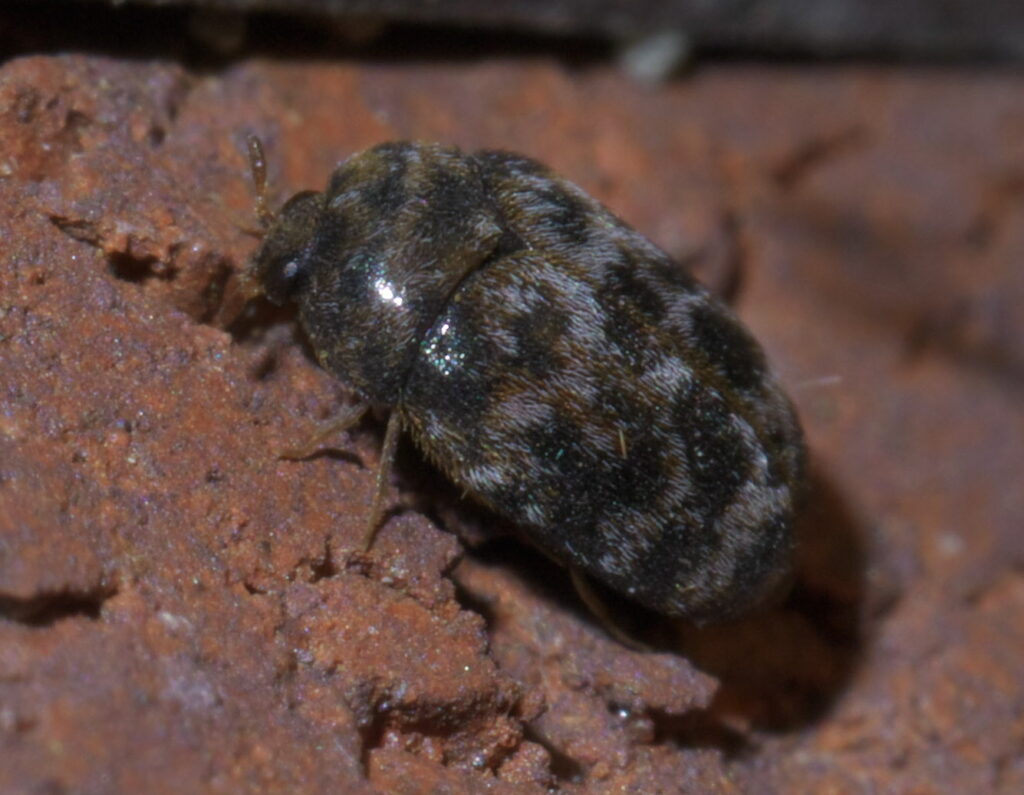
The khapra beetle (Trogoderma granarium) represents one of the most destructive pests of stored grains and dried foods worldwide, though it has thus far been prevented from establishing permanent populations in the United States through vigilant inspection programs. This small brown beetle can contaminate massive quantities of stored commodities, with larvae capable of surviving for years in dormant states during unfavorable conditions, making eradication extremely difficult once established. The USDA considers the khapra beetle one of the top 100 most dangerous invasive species, with potential economic impacts exceeding $2 billion annually if it became established in American grain storage facilities. The beetle is regularly intercepted at ports of entry on imported goods, highlighting the constant vigilance required to keep this destructive pest from threatening America’s grain supplies and food security.
Fall Armyworm: The Hemisphere Hopper
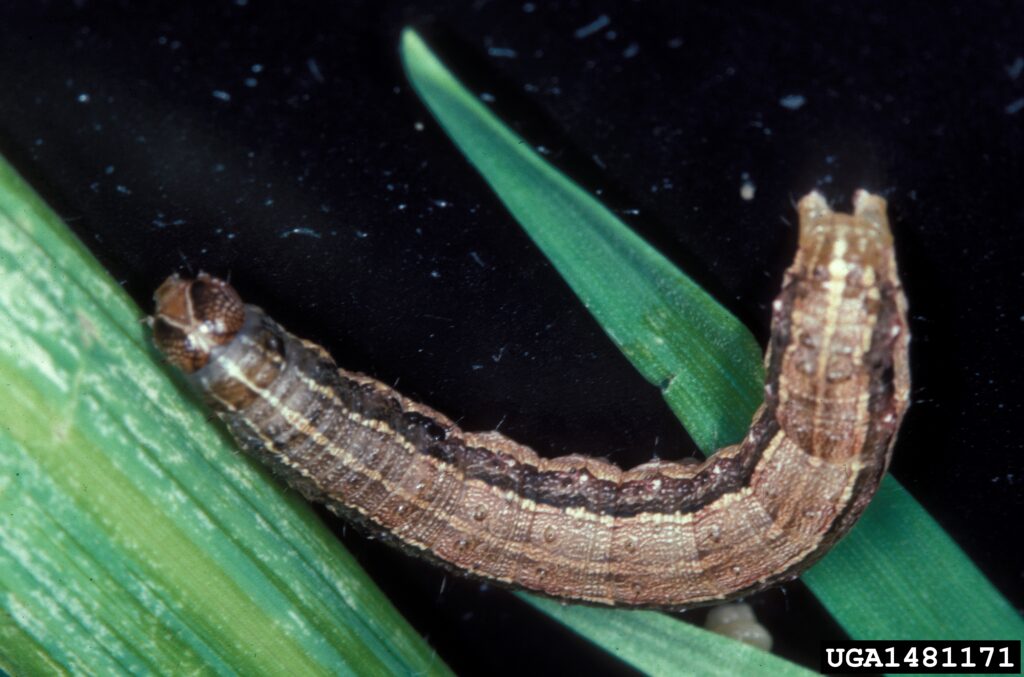
The fall armyworm (Spodoptera frugiperda) represents a persistent and adaptable threat to American row crops, particularly corn, sorghum, and various forage grasses critical to livestock production. Native to tropical and subtropical regions of the Americas, this migratory pest cannot survive cold winters but regularly reinvades the continental United States each spring, moving northward from overwintering sites in Florida, Texas, and Mexico. What makes the fall armyworm particularly challenging is its remarkable capacity to develop resistance to pesticides and even genetically modified crops designed to control it. A single female can lay up to 2,000 eggs, and the resulting caterpillars feed voraciously in large groups, sometimes completely defoliating fields in just days. Climate change models suggest warming temperatures may allow this destructive pest to establish permanent populations further north, potentially increasing both its range and the number of generations produced each year.
Climate Change: Expanding Invasion Pathways

Climate change serves as a powerful multiplier of invasive insect threats to American agriculture by altering traditional geographic barriers that once limited pest distribution. Rising temperatures allow tropical and subtropical pests to survive in previously inhospitable northern regions, effectively expanding their potential range and extending their active seasons. Changing precipitation patterns create new corridors of suitable habitat, facilitating the spread of established invaders into new agricultural areas. Climate models project that by 2050, suitable habitat for many agricultural pests could expand by 35-70% in North America, with crop damage increasing proportionally. Additionally, climate stress on native ecosystems reduces their resilience to invasions, potentially accelerating the establishment process for newly introduced species and creating novel pest-crop interactions that farmers have never before encountered.
Detection and Early Response Systems
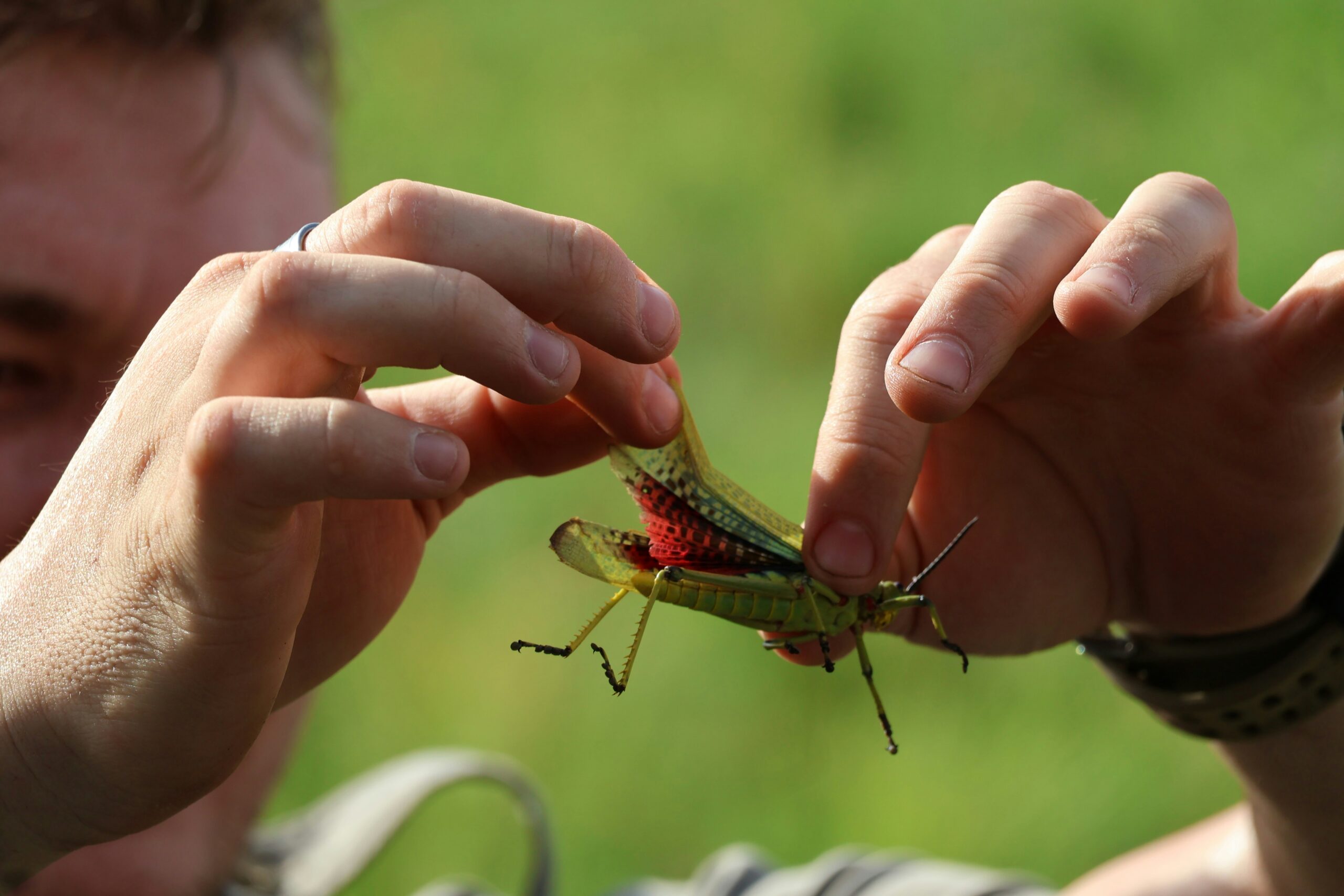
America’s first line of defense against invasive agricultural pests lies in sophisticated detection and rapid response systems designed to identify new invaders before they become established. The USDA’s Cooperative Agricultural Pest Survey (CAPS) program coordinates nationwide monitoring for high-risk exotic pests, deploying hundreds of thousands of traps baited with species-specific pheromones or attractants. Modern detection methods increasingly incorporate environmental DNA sampling, which can identify pest presence from minute genetic material left in soil or water, potentially detecting invasions before visible damage occurs. Citizen science initiatives like the Early Detection and Distribution Mapping System (EDDMapS) harness smartphone technology to allow farmers and gardeners to report suspicious insects, creating a nationwide network of observers that has proven crucial in detecting new invasion fronts. When new invasive insects are detected, emergency response teams implement containment and eradication protocols, sometimes achieving complete removal if the invasion is caught early enough.
Integrated Management: The Path Forward
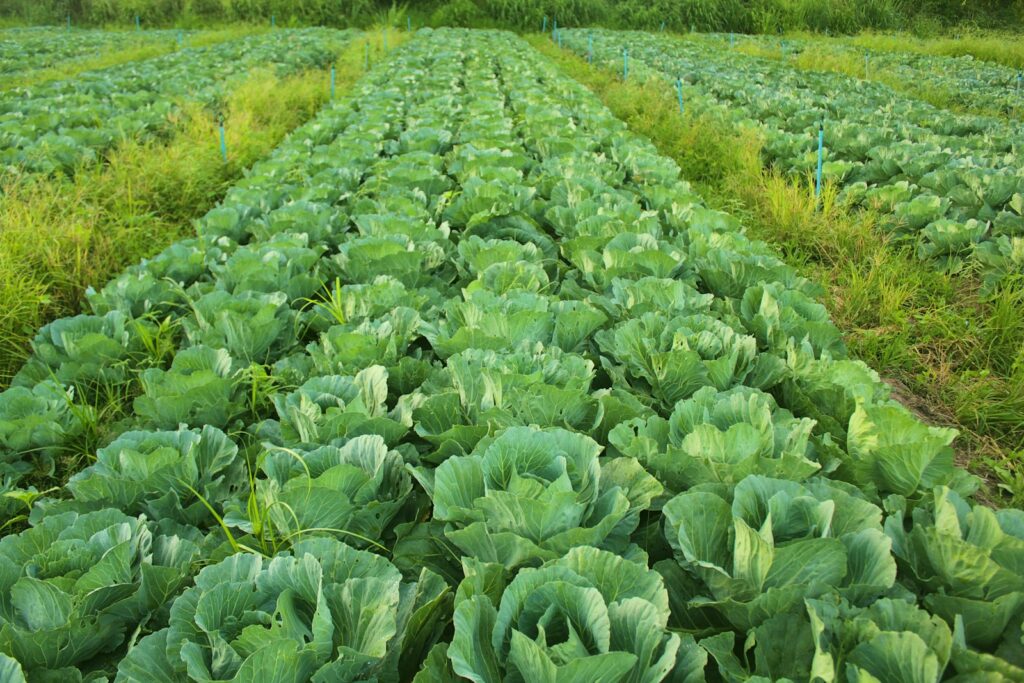
The sustainable management of invasive agricultural pests increasingly relies on integrated approaches that combine multiple control tactics tailored to specific invaders and cropping systems. Biological control—the strategic introduction of natural enemies from the pest’s native range—has provided long-term suppression of several invasive insects, though the process requires extensive safety testing to avoid introducing new problematic species. Cultural practices like crop rotation, trap cropping, and adjusted planting dates can disrupt pest life cycles and reduce damage without chemical inputs. Advances in genetic technologies offer promising new control avenues, including CRISPR gene editing to develop pest-resistant crop varieties and gene drive systems that could potentially suppress invasive insect populations by interfering with reproduction. While conventional pesticides remain important tools, their use is increasingly targeted through precision application technologies and pest monitoring systems that reduce environmental impacts while maximizing effectiveness against invasive threats.
Conclusion

The battle against invasive insects threatening America’s food supply represents one of the most significant challenges facing modern agriculture. As global trade and changing climate patterns continue to introduce and facilitate the spread of exotic pests, protecting crop production will require increasingly sophisticated detection networks, rapid response capabilities, and integrated management approaches. The economic stakes are enormous—billions in potential crop losses, thousands of agricultural jobs, and ultimately, the security of America’s food system. Yet there is reason for cautious optimism as advances in technology, biological control research, and genetic tools offer new weapons against these invasive threats. Success will depend on sustained investment in agricultural research, strong regulatory frameworks for prevention, and coordinated action across government agencies, researchers, and farmers working together to defend America’s food supply against these persistent invaders.

